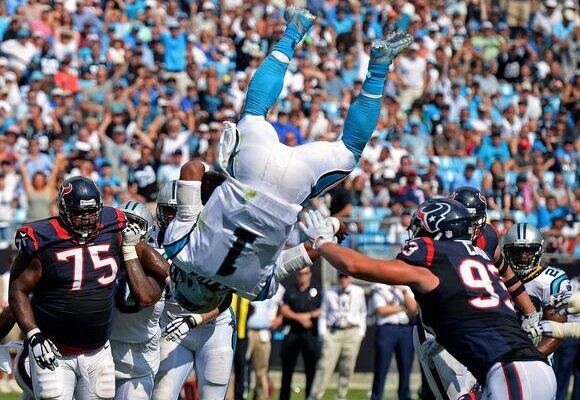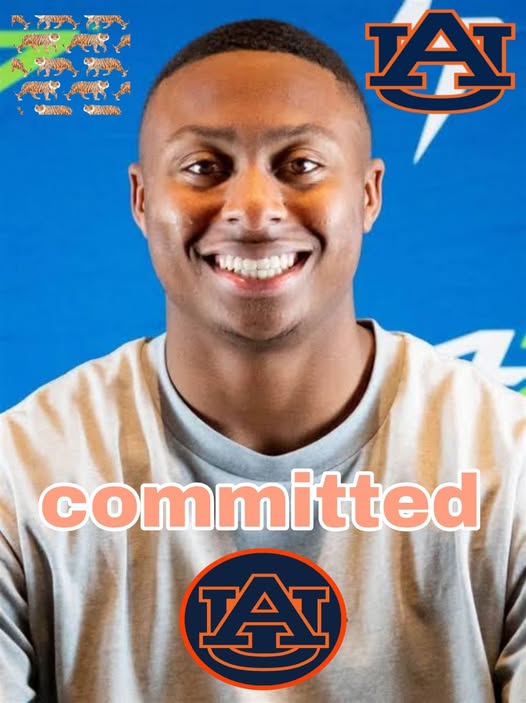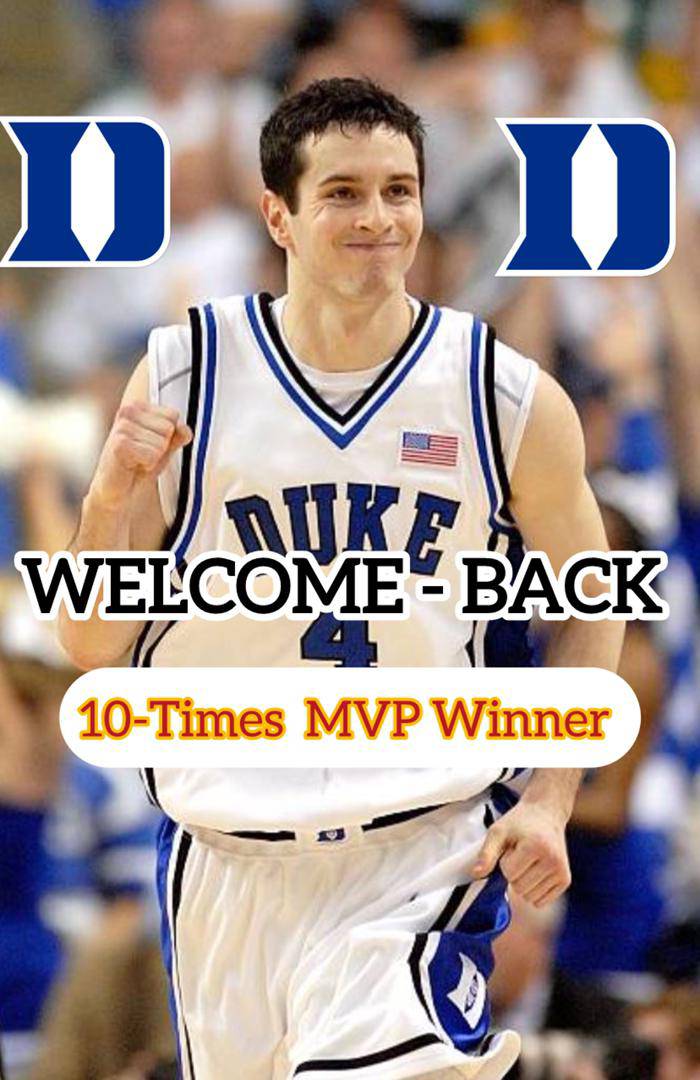Unstoppable Then Unraveled: The Electrifying Rise and Tumultuous Turns of the Panthers’ 2015 First-Half Run
The 2015 Carolina Panthers weren’t just good—they were a phenomenon. From the moment the season kicked off, the team roared out of the gates with a kind of ferocity and flair that few expected and even fewer could handle. Led by a transcendent Cam Newton, the Panthers didn’t just win football games in the first half of the season—they overwhelmed opponents, stunned analysts, and flipped the script on an NFL landscape that had largely overlooked them. At 8-0 through the season’s midpoint, Carolina wasn’t squeaking by; it was stomping through competition with a growing cast of heroes who each took a turn stealing the spotlight. But within that meteoric rise, there were moments of doubt, breakdowns in execution, and the beginning of storylines that would take dramatic turns as the year wore on. The first half of the 2015 season wasn’t just a streak—it was a series of crescendos and cracks that made the Panthers one of the most compelling teams in the league.
When the season began, few outside Charlotte gave Carolina much of a chance to become the NFL’s dominant force. The team had lost its top wideout Kelvin Benjamin to a torn ACL in training camp, forcing offensive coordinator Mike Shula to reimagine a passing game that lacked established weapons. But the doubters underestimated Newton’s ability to elevate a supporting cast, and they misjudged the fire burning in a locker room filled with pride, experience, and edge. From Week 1, it was clear the Panthers weren’t just going to try to survive—they were going to thrive. Newton’s dual-threat brilliance, combined with the thunderous running of Jonathan Stewart and the emergence of a scrappy receiving corps, sparked a scoring machine that grew more confident with each passing week. And then there was the defense—fast, physical, and downright punishing.
Josh Norman emerged as a breakout star and emotional spark plug, hounding elite receivers and delivering game-changing plays. Linebackers Luke Kuechly and Thomas Davis formed a tandem that dominated the middle of the field, instinctively diagnosing plays and punishing ball carriers. Their speed, football IQ, and sheer will became a weekly problem for opposing offenses. Add in Kawann Short’s interior pressure and a secondary that feasted on mistakes, and Carolina wasn’t just holding teams in check—it was turning defense into offense. The Panthers’ first-half schedule included grueling road tests and matchups against contenders, but each time a challenge arose, someone stepped forward. In Seattle, Newton delivered a signature comeback drive. Against the Eagles, the defense flexed its muscle in primetime. Every week, a new hero rose.
But with that rise came attention, scrutiny, and pressure. The NFL world was watching, and as the wins piled up, so did the expectations. The Panthers weren’t just fighting for respect—they were suddenly being measured against perfection. Cam Newton, once seen as inconsistent or overly flashy, became the face of the league’s most talked-about team. His celebrations became headline material. His leadership was under the microscope. But he handled the spotlight with ease, channeling criticism into motivation and letting his play do the talking. And it was loud. He ran through linebackers, launched deep balls into tight windows, and smiled through it all. He danced, he dabbed, and he dominated.
The offensive line, a unit many questioned before the season, became a wall of steel. Anchored by veterans like Ryan Kalil and Michael Oher, the group gave Newton the time he needed to create magic. And while the receiving corps lacked household names, players like Ted Ginn Jr., Corey “Philly” Brown, and Jerricho Cotchery stepped up, making critical catches and capitalizing on the space created by Newton’s dual-threat capability. Even tight end Greg Olsen, long respected as one of the game’s most reliable targets, elevated his play, becoming a safety net and a deep threat all in one.
Special teams played their part too, with kicker Graham Gano delivering clutch field goals and punter Brad Nortman flipping field position when needed. But what truly defined the first half of the 2015 Panthers season was the team’s identity—tough, united, and fearless. Every week, they walked onto the field with a swagger born not of arrogance, but of belief. Belief in each other. Belief in their coaches. Belief that they were building something special. And they were.
Still, the streak wasn’t without its close calls and warning signs. Against the Indianapolis Colts, the Panthers nearly let a big lead slip away before rallying to win in overtime. That game highlighted both their resilience and their vulnerability. Newton had to carry the team late, and while he delivered, it raised concerns about whether the offense was becoming too dependent on his heroics. Injuries began to creep in, testing the team’s depth. And while the defense was stout, lapses in coverage and penalties at critical moments hinted at cracks beneath the surface. Those cracks hadn’t widened yet, but they were there—subtle reminders that in the NFL, dominance is always temporary.
Behind the scenes, the coaching staff worked tirelessly to keep the team grounded. Head coach Ron Rivera, affectionately known as “Riverboat Ron” for his gutsy calls, struck a delicate balance between encouragement and accountability. His even-keeled demeanor helped stabilize the locker room as media coverage and hype intensified. Coordinators Mike Shula and Sean McDermott crafted smart, adaptable game plans, and the locker room culture fostered leadership at every level. Veteran players policed the team, making sure no one got too high or too low.
As the first half of the season came to a close, the Panthers were perfect in the standings but far from flawless. Each week was a new test of character, strategy, and endurance. The emotional highs were undeniable—last-second wins, defensive stands, and highlight-reel touchdowns. But so were the growing pains. Rookies were being asked to play major roles. Depth was being stretched. And the league was starting to adjust. Defenses began to contain Newton’s runs more effectively, and offensive coordinators studied Carolina’s defensive tendencies with greater scrutiny. The margin for error was shrinking.
But in spite of it all, the Panthers kept finding ways to win. Whether it was a goal-line stand, a Newton scramble, or a Norman interception, they made plays when they mattered most. The first half of the 2015 season was a ride—wild, fast, and unforgettable. It was a stretch of football where heroes were made on a weekly basis, where role players became stars, and where an underdog team captured the imagination of a league.
In many ways, those first eight games laid the emotional and strategic foundation for what would come later. They revealed the heart of the Panthers—their fight, their unity, and their refusal to back down. But they also foreshadowed the challenges ahead. Momentum is powerful, but fragile. And as the Panthers would discover, sustaining greatness can be even harder than achieving it. Still, when fans look back at that 2015 campaign, they remember the streak not just for the wins, but for the moments—moments of courage, connection, and celebration.
It was a team that rose together, that soared when no one expected it, and that dared to dream big. And though that first half was only part of the story, it was the part where heroes rose and roles reversed, where the Panthers became more than a football team—they became a symbol of belief.



